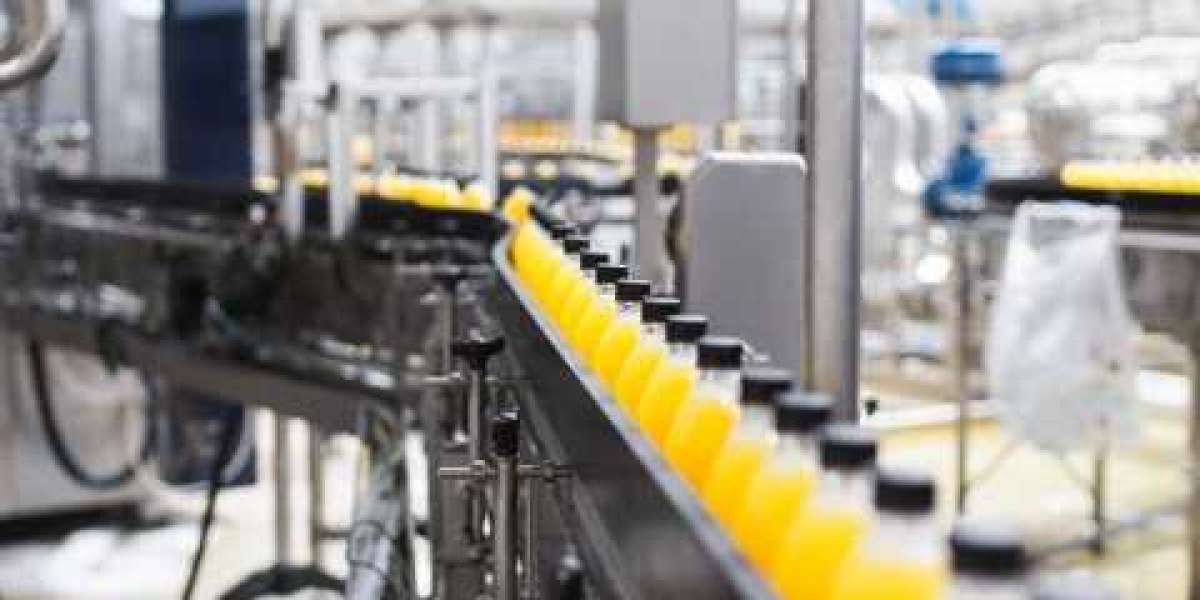Conveyor clamps are essential components in various industrial and manufacturing processes, playing a crucial role in securely holding and guiding items along conveyor systems. These clamps are designed to enhance efficiency, accuracy, and safety within production lines, allowing for smooth and controlled movement of items, parts, or materials from one point to another. By understanding the principles behind conveyor clamps, we can appreciate their significance in modern manufacturing and conveyor clamps.
Conveyor clamps operate based on straightforward mechanical principles, often utilizing a combination of gripping mechanisms, actuators, sensors, and control systems. These elements work in harmony to achieve reliable and precise manipulation of items on conveyor belts.
One fundamental aspect of conveyor clamps is their gripping mechanism. These mechanisms come in various designs, such as pneumatic, hydraulic, electric, or mechanical, depending on the specific application requirements. Pneumatic clamps, for instance, use compressed air to create gripping force, while hydraulic clamps utilize pressurized fluid. Electric clamps rely on motor-driven mechanisms, and mechanical clamps employ levers or gears to achieve gripping action. Regardless of the design, the gripping mechanism's primary function is to firmly grasp the item being conveyed, preventing unintended movement or displacement.
Actuators are crucial components that facilitate the movement of conveyor clamps. Actuators convert energy—whether it's electrical, hydraulic, or pneumatic—into mechanical motion, enabling the clamps to open, close, or adjust their grip. These actuators can be operated manually or automatically through control systems. Automated actuators often incorporate sensors that provide feedback on the position and status of the clamps, allowing for precise control and adjustment.
Incorporating sensors is another key aspect of conveyor clamps. Proximity sensors, photoelectric sensors, or even vision systems can be integrated into the clamping mechanism to detect the presence, location, and characteristics of items on the conveyor belt. This sensor feedback is crucial for initiating the gripping action at the right moment and ensuring that the clamps hold the item securely throughout the transportation process.
Control systems play a vital role in orchestrating the operation of conveyor clamps. These systems receive input from sensors and operators, process information, and send commands to the actuators. By carefully managing the timing and force of the clamping action, control systems ensure that items are safely transported without damage or disruptions. Advanced control systems can also enable features like selective clamping, where specific clamps are activated based on item attributes or process requirements.
The applications of conveyor clamps are diverse and span various industries. In manufacturing, these clamps facilitate assembly processes by holding components in place during welding, riveting, or gluing operations. In the logistics sector, conveyor clamps assist in sorting and diverting packages for shipping. In the automotive industry, they are integral to securing vehicle parts during painting or assembly. Furthermore, conveyor clamps find utility in food and beverage processing, pharmaceutical production, and many other sectors where precise and controlled movement is essential.
In conclusion, conveyor clamps are mechanical devices that employ gripping mechanisms, actuators, sensors, and control systems to securely hold and guide items along conveyor systems. Their operation involves a combination of these components, working harmoniously to ensure efficient, accurate, and safe transportation of materials and products. By enabling precise control and manipulation of items, conveyor clamps contribute to enhanced productivity, reduced errors, and improved overall manufacturing and logistical processes across a wide range of industries.









